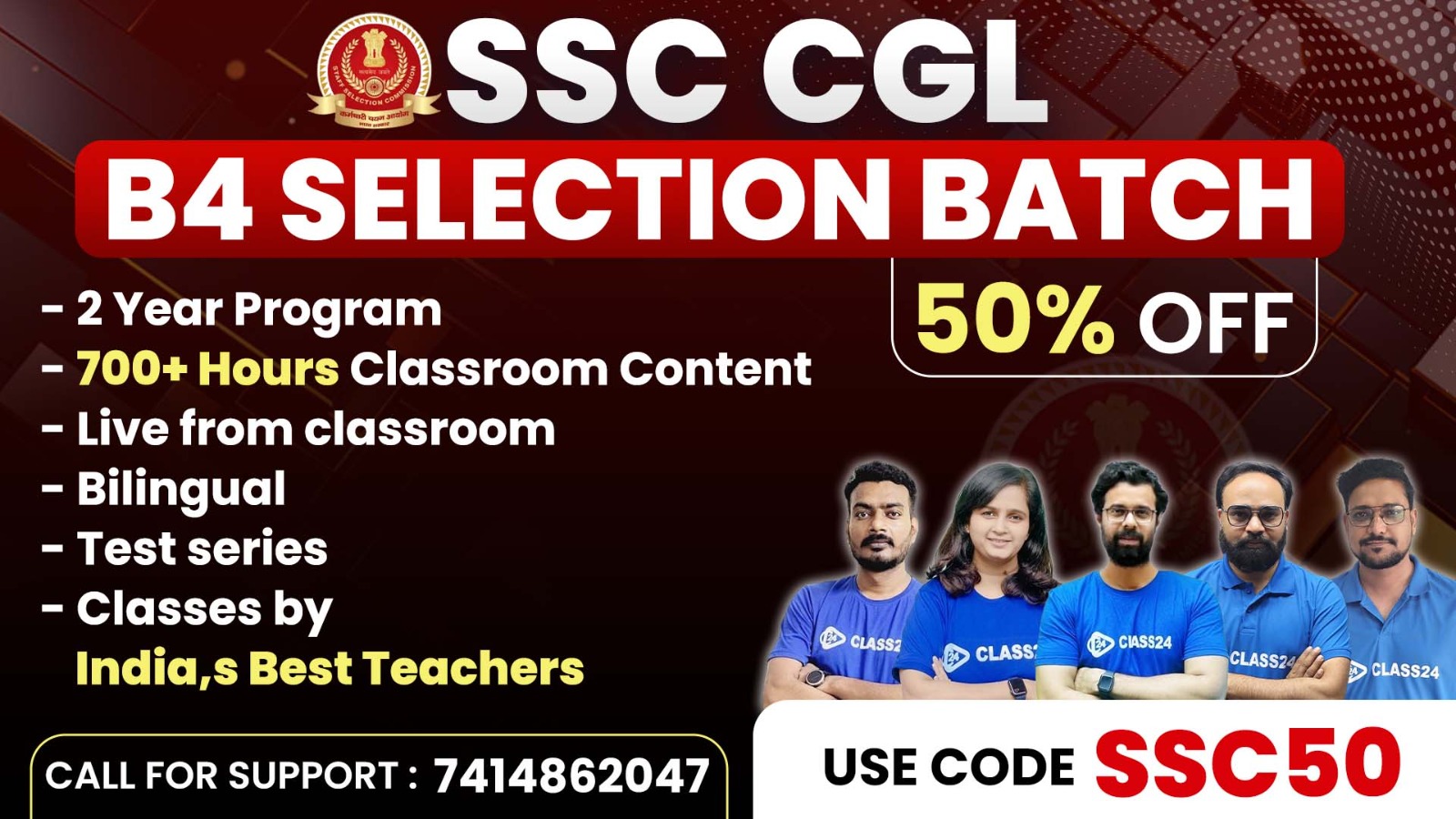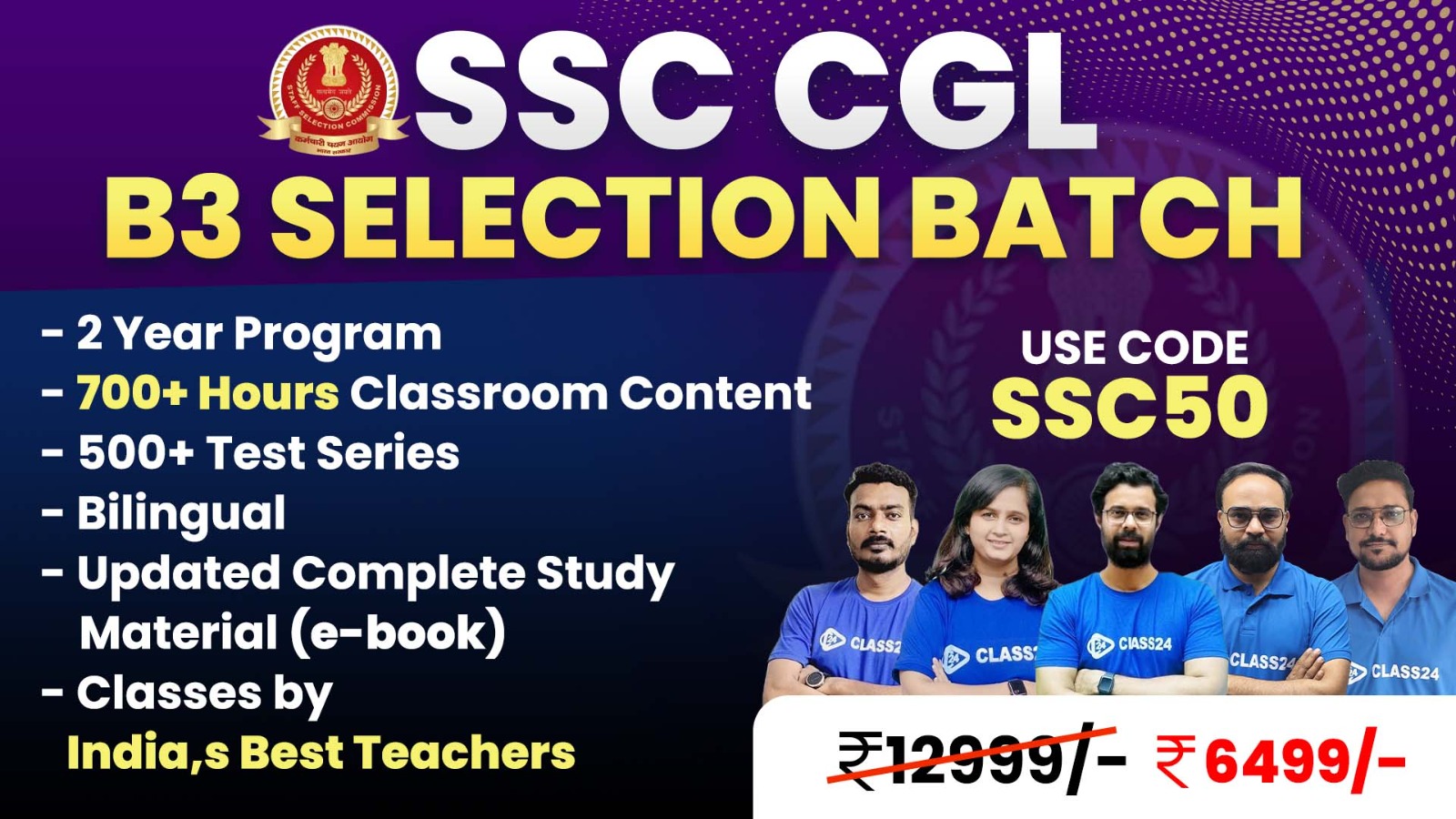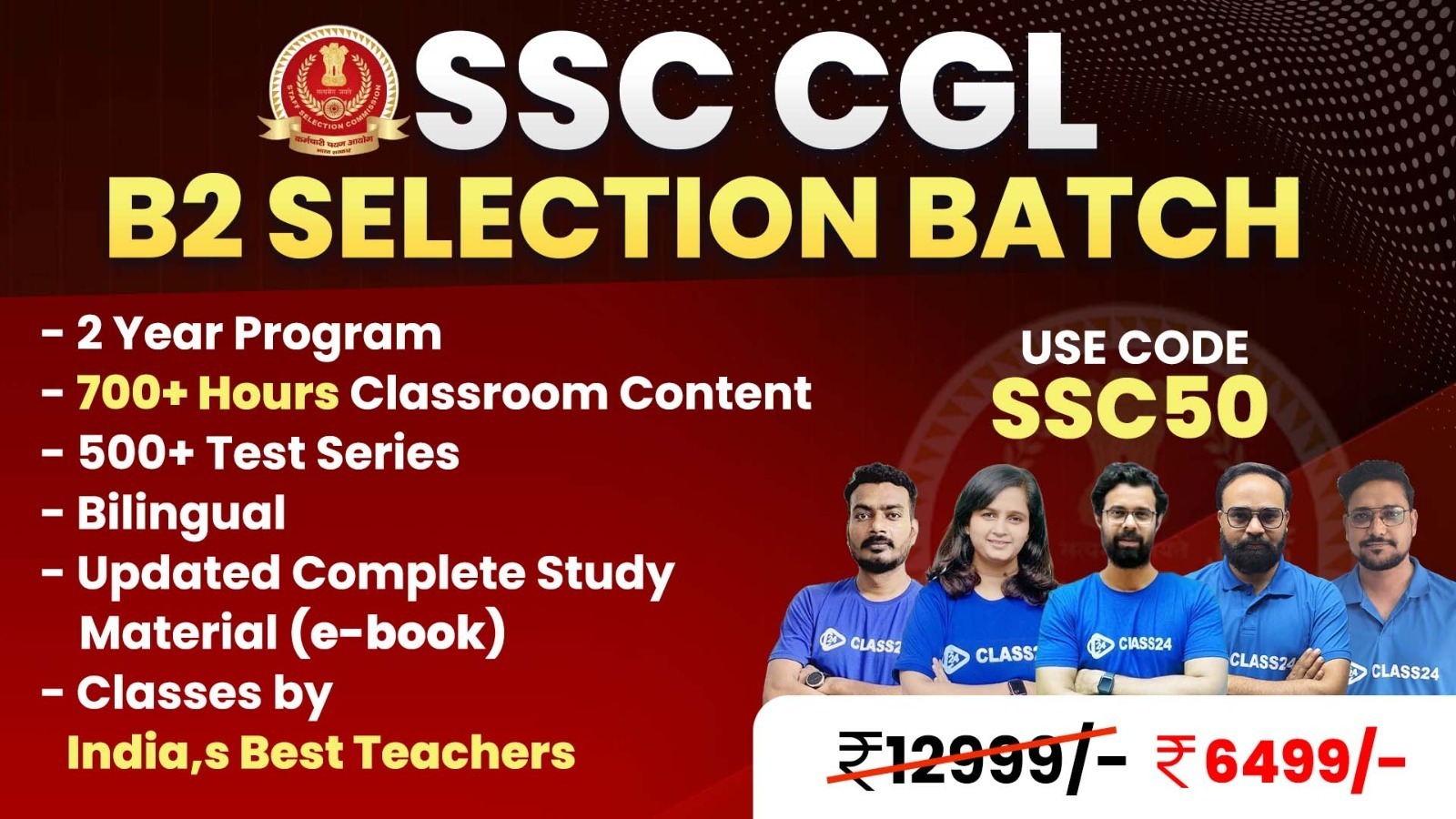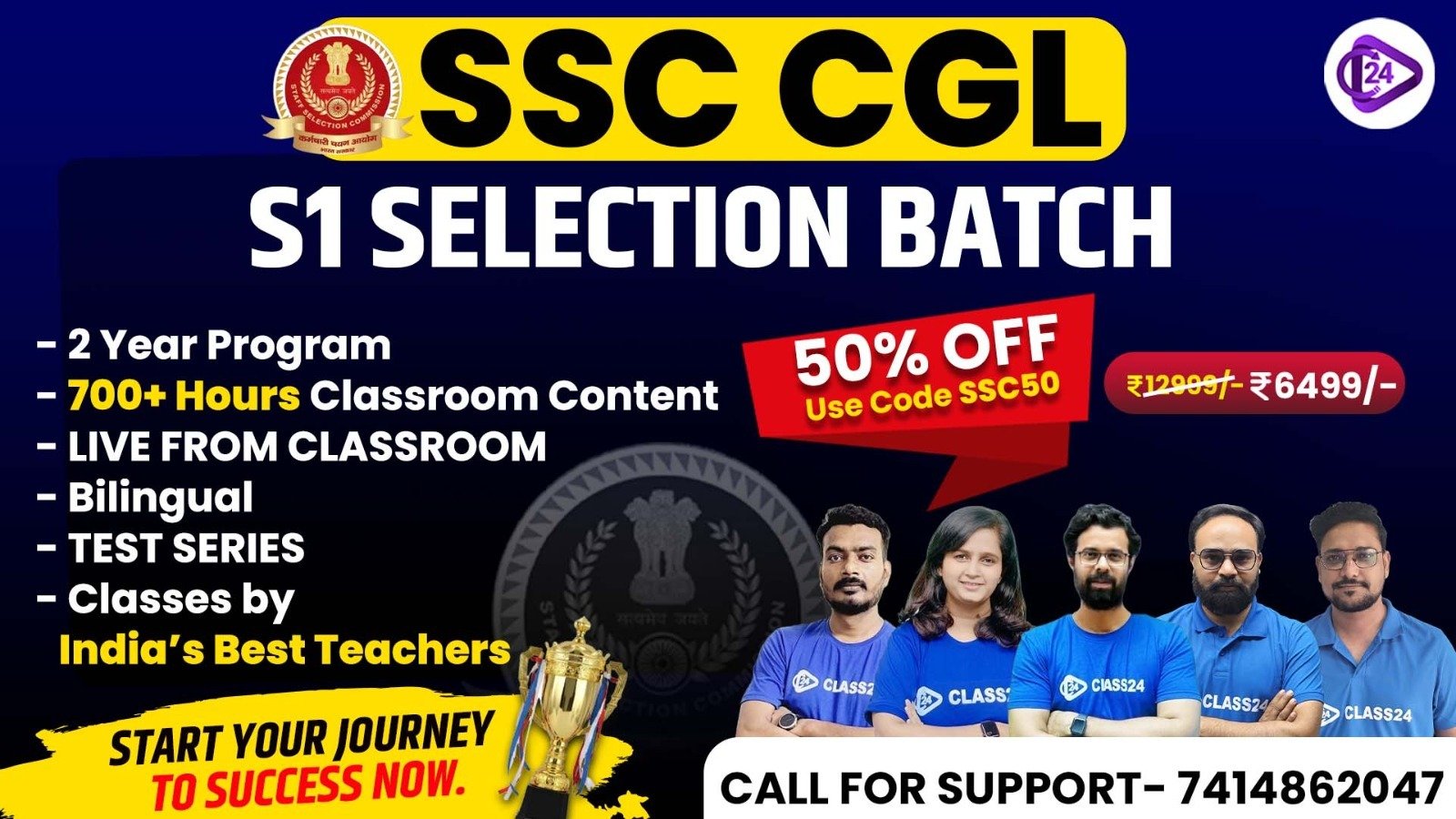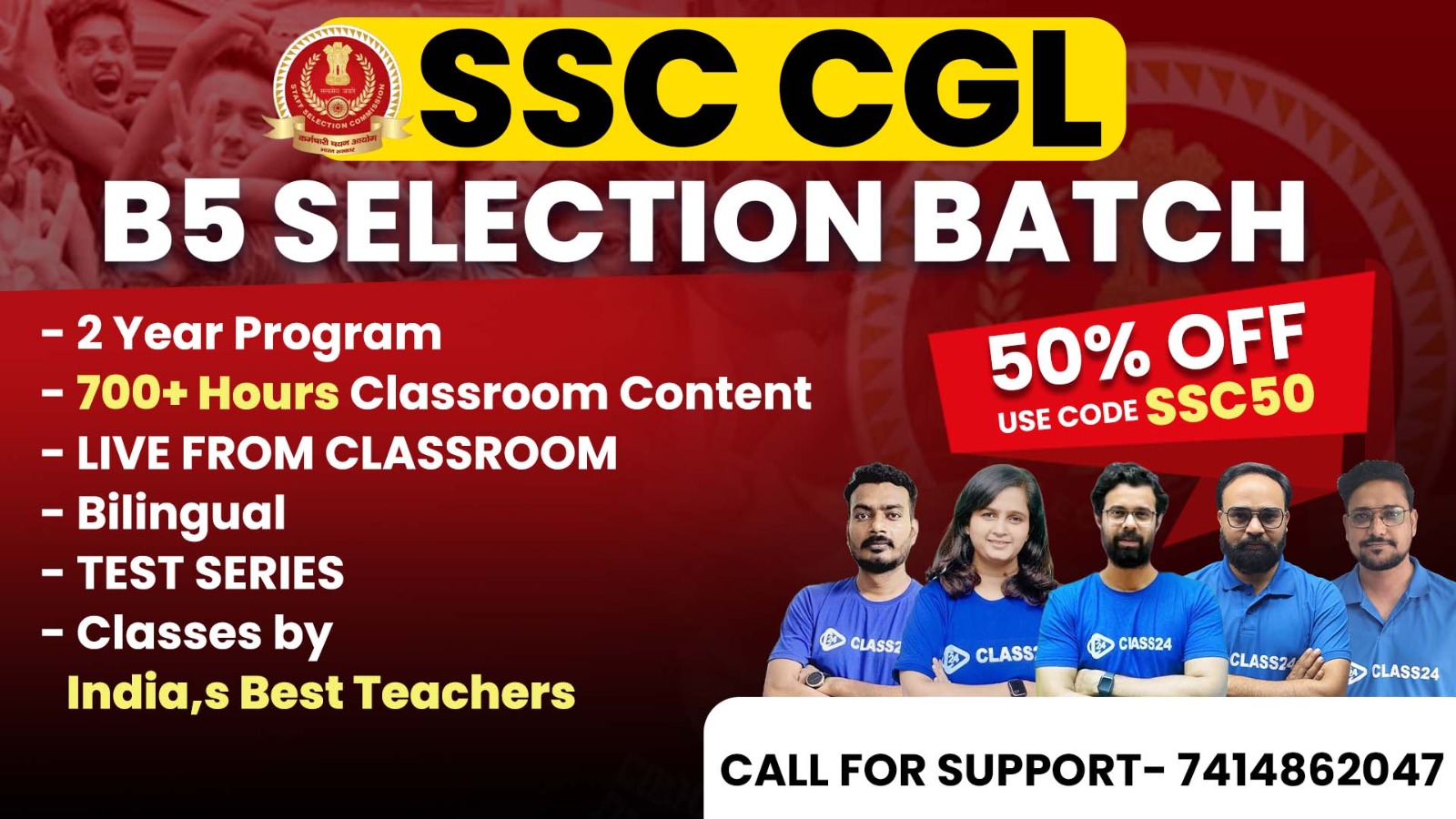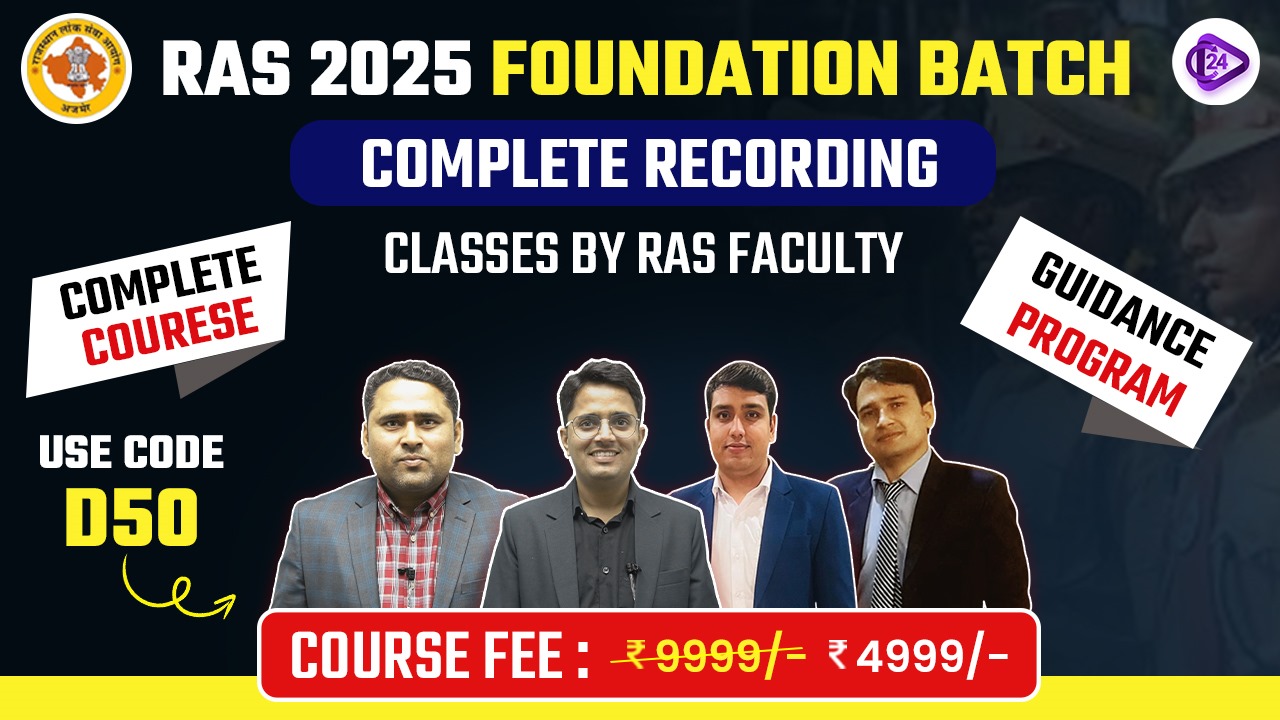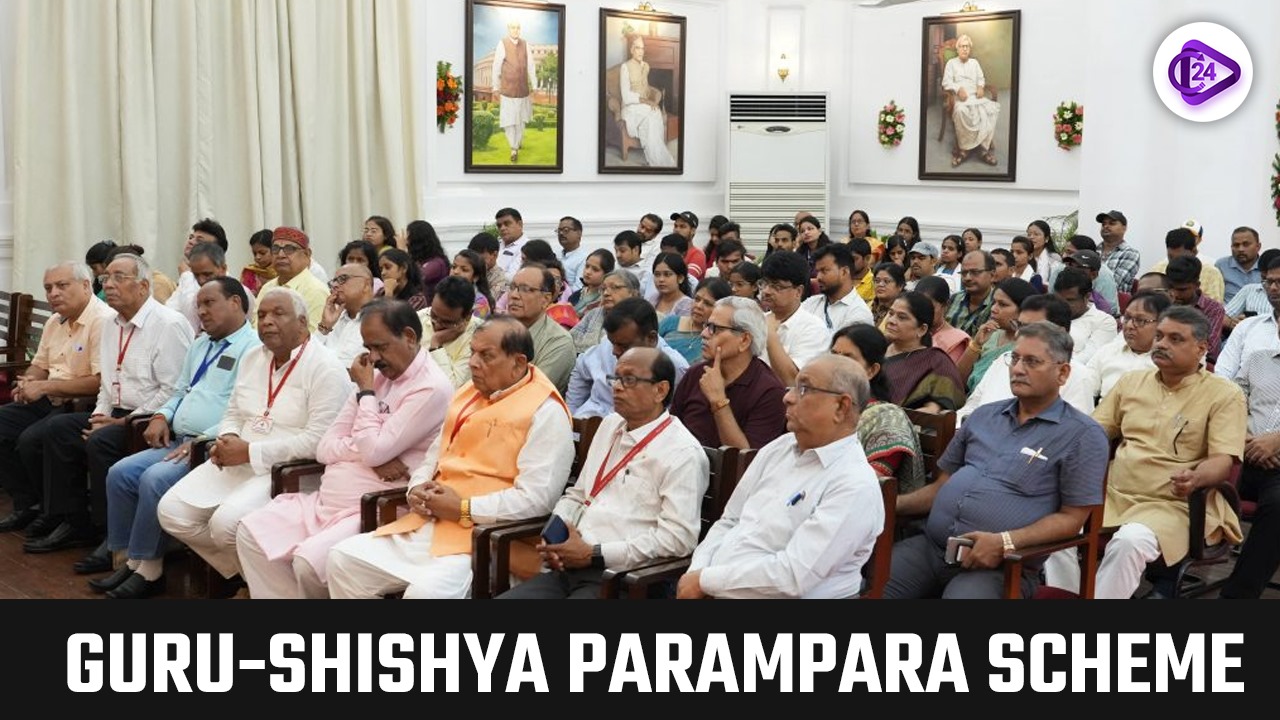
Under the Central Sector initiative of Kala Sanskriti Vikas Yojana (KSVY), the Guru-Shishya Parampara Scheme provides structured training together with financial help to cultural organizations for traditional performing arts preservation. The program provides monthly financial support through honorariums that enable continuous learning for Gurus and Shishyas who focus on music together with dance and theatre as well as folk arts. Through the scheme, India supports emergent performing talent through continuous financial aid distributed at the state level across the country.
Introduction to the Scheme
-
The Ministry of Culture directs its Central Sector Scheme through Kala Sanskriti Vikas Yojana (KSVY).
-
The scheme seeks to maintain traditional performing arts through traditional teacher-student education systems.
-
The government gives financial help to organizations that perform cultural showcases including music as well as dance performance and theater arts alongside folk art pieces.
Objectives of the Scheme
-
The scheme exists to protect Indian art heritage along with its future development through artist training programs.
-
The program exists to deliver organized teaching methods following traditional Indian educational practices.
-
The scheme provides continuous learning support through financial aid to both teaching Gurus and Sishyas who are students.
Eligibility and Application Process
-
Organizations need to apply either for annual renewal or fresh selection.
-
The Expert Committee evaluates applications through their assessment of:
-
Cultural activities and performances of the organization.
-
Justification for financial support and available resources.
-
Interaction with Guru/representative of the organization.
-
Categories and Financial Assistance
-
The Theatre section permits a single Guru to train 18 Shishyas.
-
One Guru can provide training to a maximum of 10 Shishyas in the fields of Music & Dance under this scheme.
|
Category of Shishya/Artist |
Age Group |
Honorarium (per month) |
|
Guru/Director |
- |
₹15,000 |
|
Adult Shishya/Artist |
18+ years |
₹10,000 |
|
A Category Child Shishya |
12 - <18 years |
₹7,500 |
|
B Category Child Shishya |
6 - <12 years |
₹3,500 |
|
C Category Child Shishya |
3 - <6 years |
₹2,000 |
Encouraging New Talent
-
Every year Scheme accepts fresh applications through its ‘Fresh Category’ program.
-
The organization seeks to assist young artists who are interested in traditional performing arts.
State-Wise Financial Assistance
-
Many Gurus along with their Shishyas have received financial support from numerous locations throughout India.
-
The information about financial grants provided to Haryana and Uttar Pradesh students can be found in Annexure II.
Impact and Significance
-
The program strengthens the teacher-disciple relationship to protect India's cultural expressions that lack physical form.
-
The program makes it possible for upcoming performing artists to develop continuing careers.
-
This program creates sustainable financial conditions that award recognition to students and their teachers.
Conclusion
Through its support of traditional training approaches the scheme both preserves India's cultural heritage for future generations and ensures artists receive stable income while maintaining classical and folk art forms.




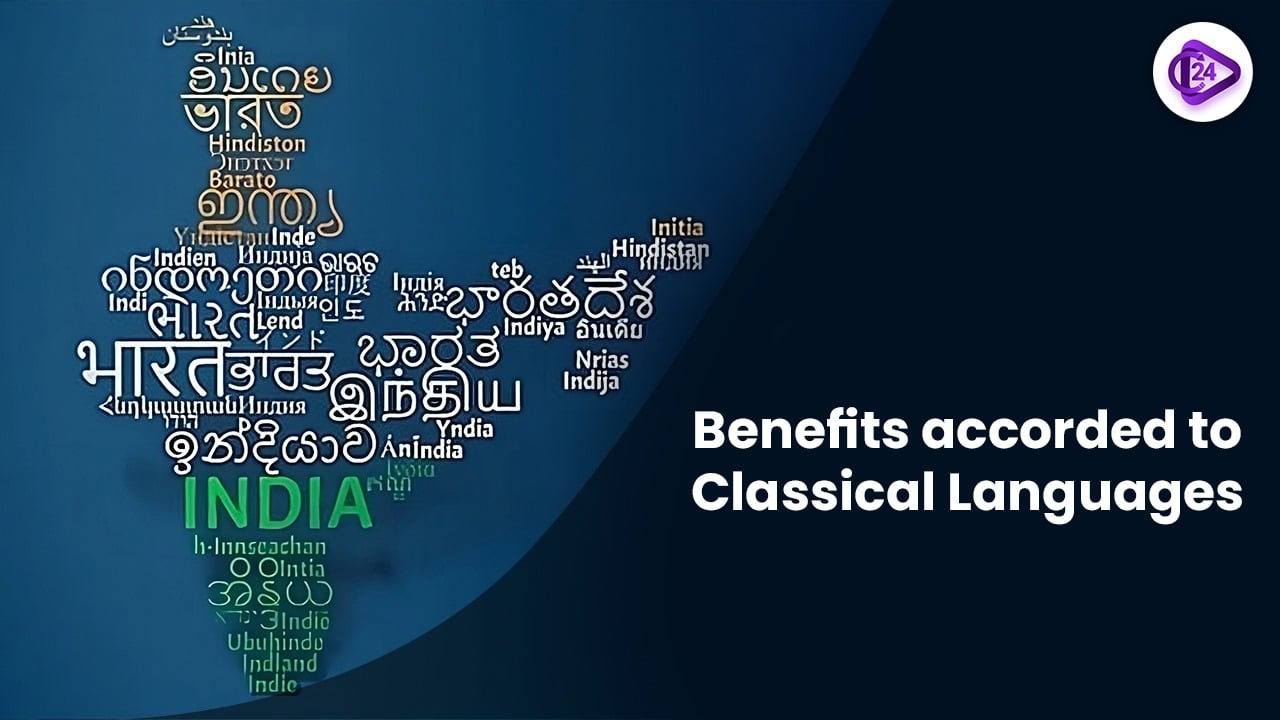 Government Expands Support for Classical Languages in India
Government Expands Support for Classical Languages in India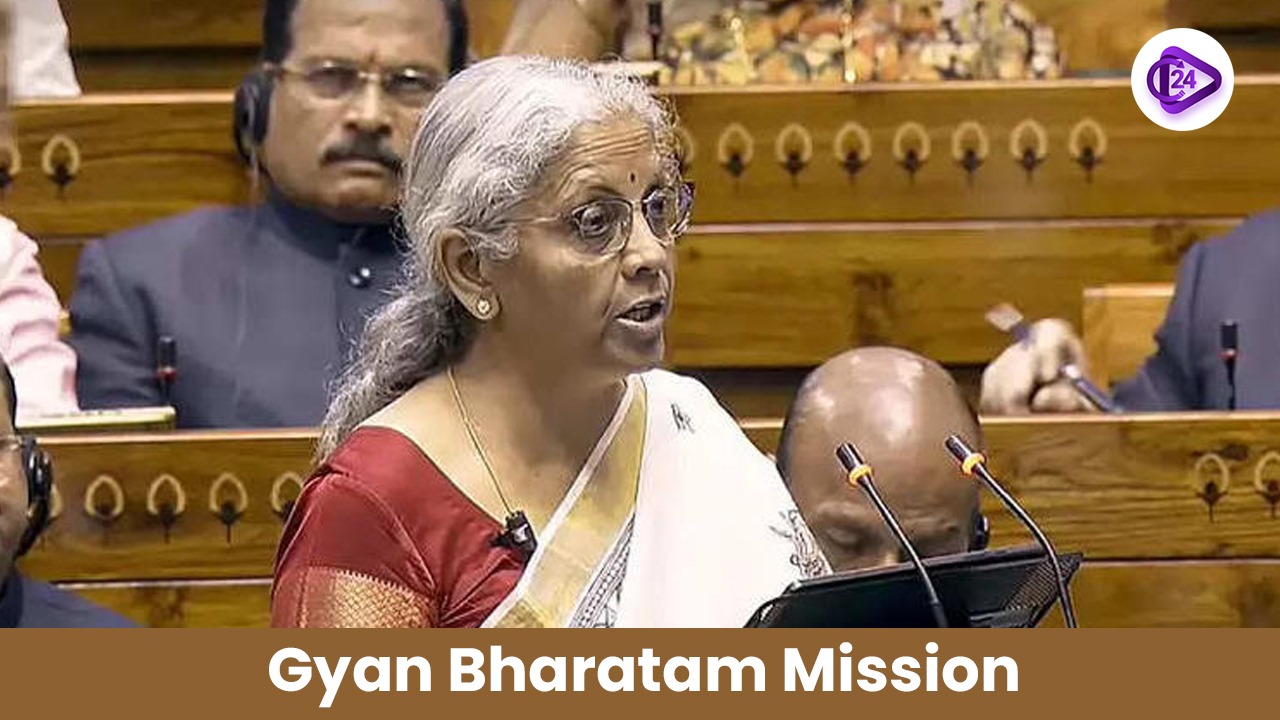 Gyan Bharatam Mission 2025 Preserving India Manuscript Heritage
Gyan Bharatam Mission 2025 Preserving India Manuscript Heritage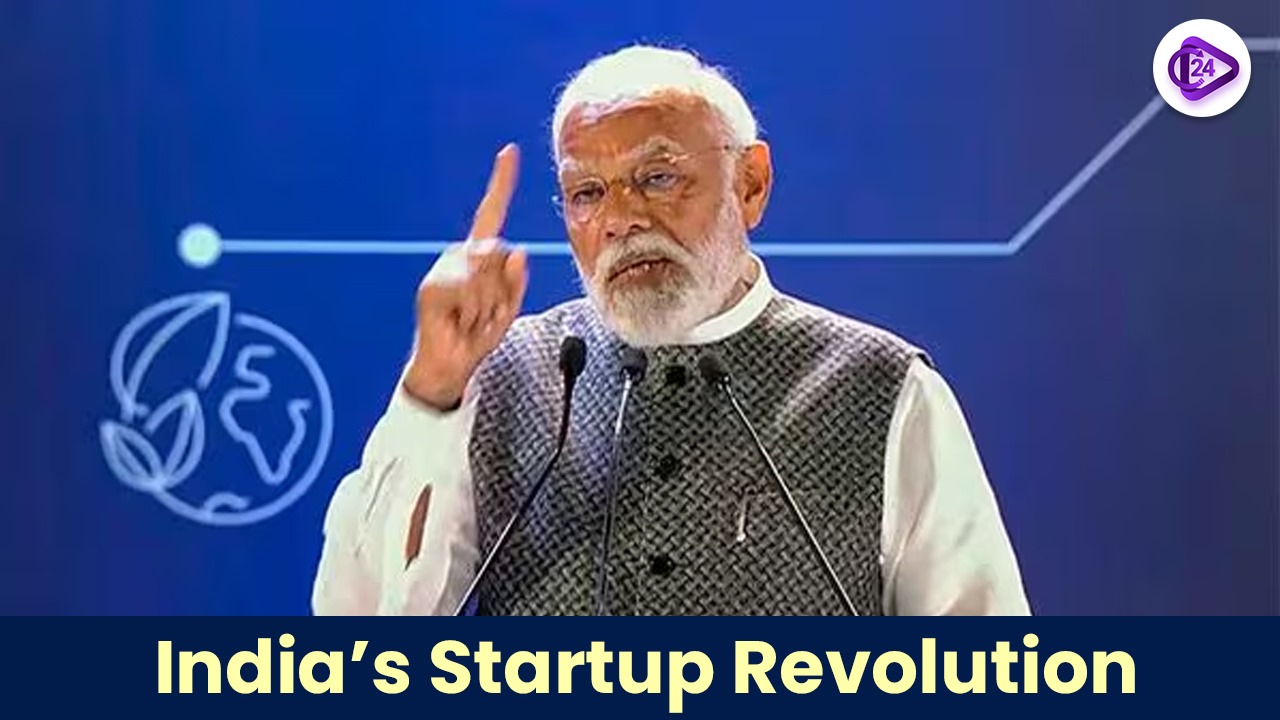 India Startup Revolution: Driving Innovation and Job Creation in 2024
India Startup Revolution: Driving Innovation and Job Creation in 2024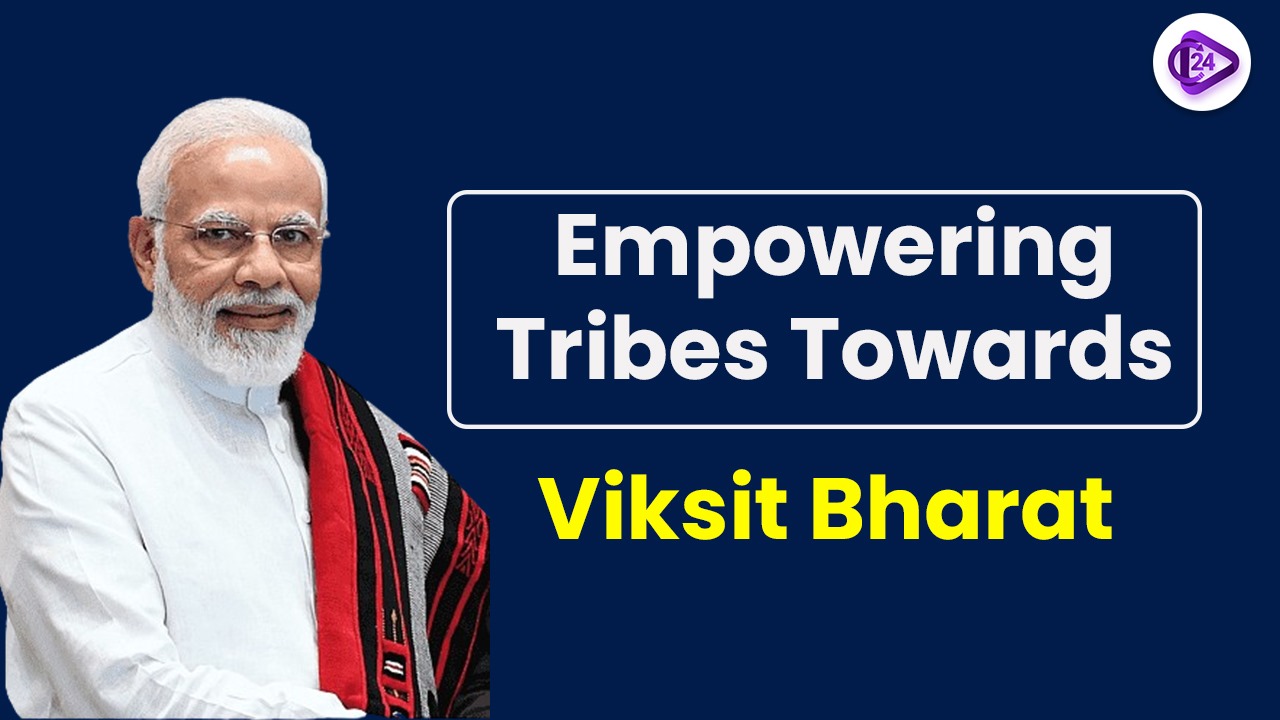 Empowering Tribes for a Viksit Bharat: Tribal Welfare Boost in Union Budget 2025
Empowering Tribes for a Viksit Bharat: Tribal Welfare Boost in Union Budget 2025 World Wetlands Day 2025 Celebrations at Parvati Arga Ramsar Site, Gonda, Uttar Pradesh
World Wetlands Day 2025 Celebrations at Parvati Arga Ramsar Site, Gonda, Uttar Pradesh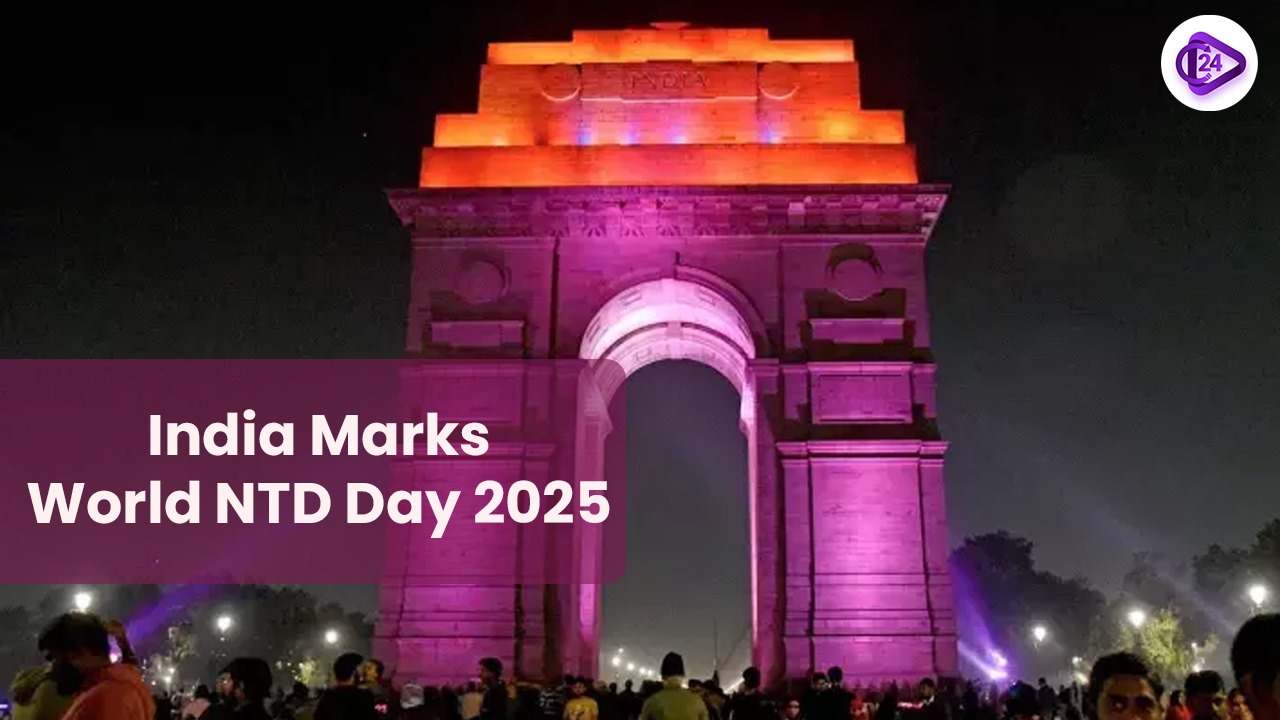 India Marks World NTD Day 2025 with Landmark Illumination at India Gate to Raise Awareness
India Marks World NTD Day 2025 with Landmark Illumination at India Gate to Raise Awareness Delhi-Haryana Water Dispute Escalates Over Ammonia Pollution in the Yamuna River
Delhi-Haryana Water Dispute Escalates Over Ammonia Pollution in the Yamuna River Retinal Diseases: RNA Therapeutics Show Promise, But Is India Ready.
Retinal Diseases: RNA Therapeutics Show Promise, But Is India Ready.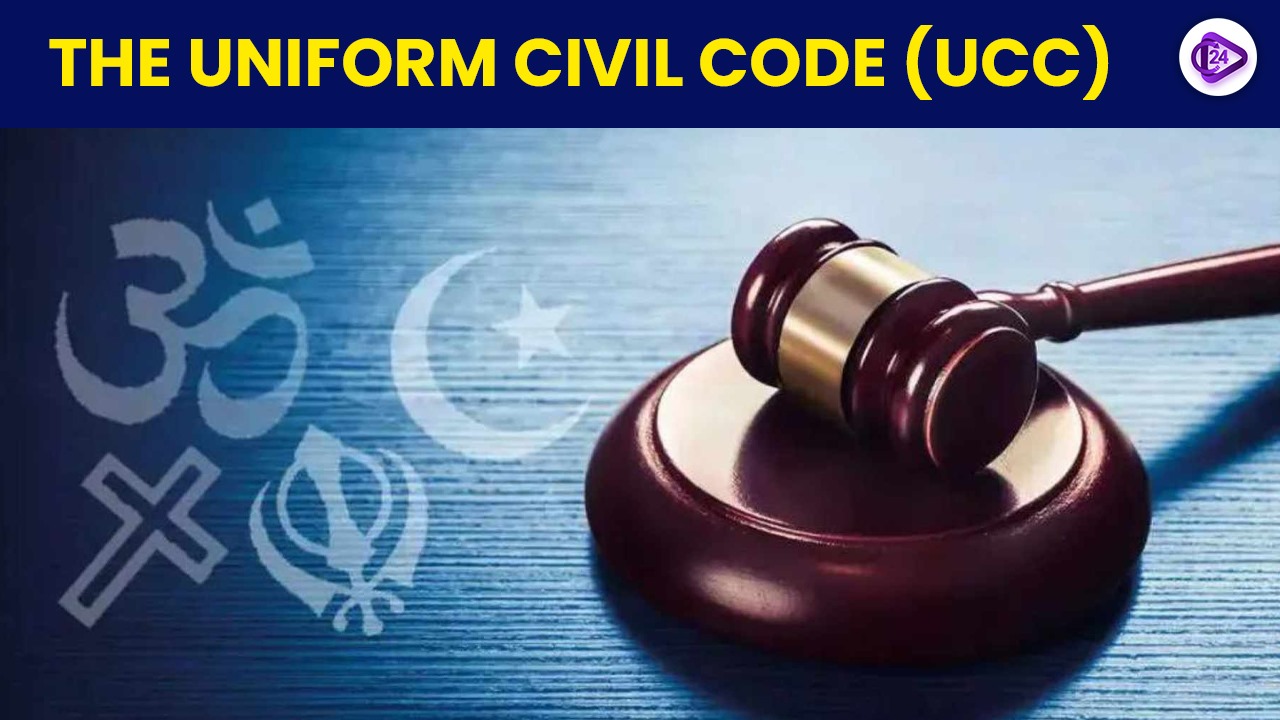 Uttarakhand Becomes the First State to Implement the Uniform Civil Code (UCC)
Uttarakhand Becomes the First State to Implement the Uniform Civil Code (UCC)
